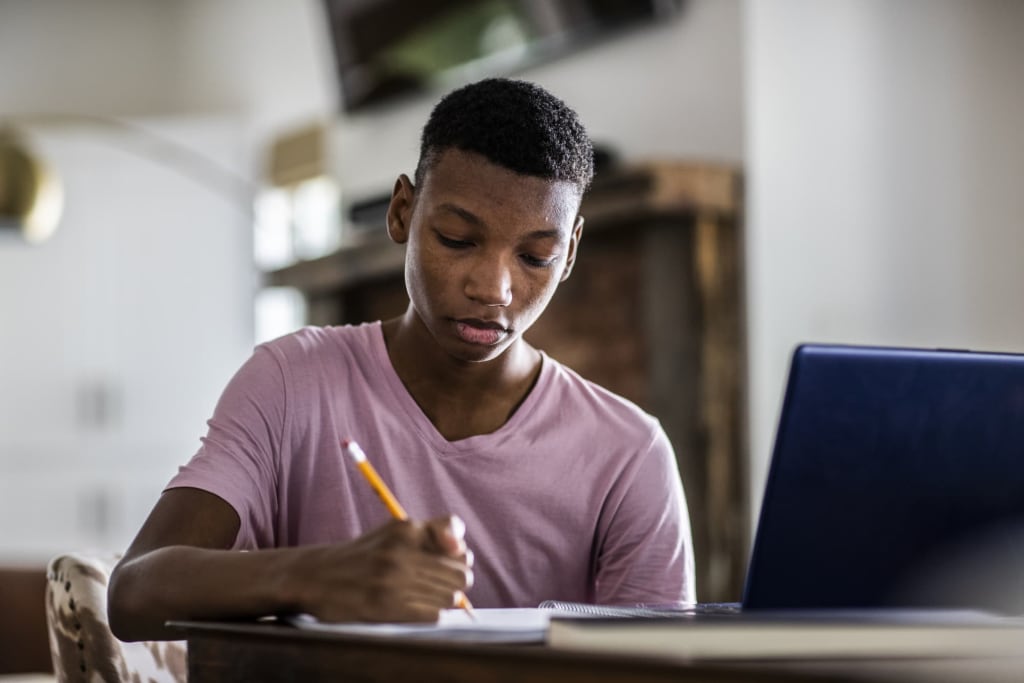Accessibility is a crucial aspect of education that cannot be overlooked, especially when it comes to students who belong to marginalized communities. Among these groups, Black, Indigenous, and People of Color (BIPOC) students with disabilities face unique challenges that require special attention and support to ensure their academic success.
When we talk about accessibility in education, we are referring to the provision of equal opportunities and resources for all students, regardless of their background or ability. For BIPOC students with disabilities, accessibility becomes even more critical as they often face multiple barriers that can hinder their learning experience.
One of the main challenges faced by BIPOC students with disabilities is the lack of representation and understanding of their specific needs in educational institutions. Many schools and universities have not adequately addressed the unique intersectional experiences of these students, leading to a lack of tailored support and accommodations.
Furthermore, BIPOC students with disabilities often come from low-income backgrounds, which can limit their access to necessary resources and services. This can include assistive technologies, specialized instruction, and accommodations that can help them thrive in the academic environment. Without these supports, these students may struggle to keep up with their peers and reach their full potential.
Moreover, BIPOC students with disabilities may also face systemic discrimination and prejudice that can further marginalize them in educational settings. This can manifest in the form of microaggressions, stereotypes, and biases from teachers, peers, and other school staff, which can impact their self-esteem and sense of belonging.
In order to address these challenges and create a more inclusive learning environment for BIPOC students with disabilities, it is essential for educational institutions to prioritize accessibility and equity. This includes providing culturally responsive and trauma-informed practices, recruiting diverse staff members, and offering comprehensive support services for students with disabilities.
Additionally, schools and universities must take steps to ensure that their physical spaces, digital platforms, and educational materials are accessible to all students, regardless of their abilities. This can involve providing captioned videos, alt-text descriptions, sign language interpreters, and other accommodations to ensure that all students can fully participate in the learning process.
By prioritizing accessibility for BIPOC students with disabilities, educational institutions can create a more equitable and inclusive environment that allows all students to thrive. It is essential to recognize and support the unique needs and experiences of these students in order to promote their academic success and well-being. Only by centering accessibility in education can we truly create an equal learning experience for all.
